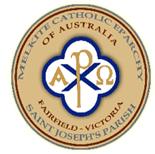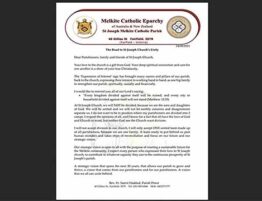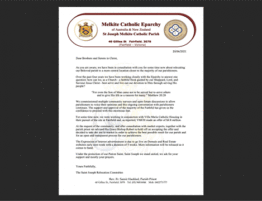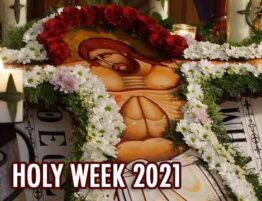
This week, in preparation to celebrate Pascha or “the Feast of feasts”, the Church intensely journeys through ten points to relive what happened to the Lord Jesus. Through this journey, we journey with our Lord Jesus on the via dolorosa, so that we may remember “the precepts of salvation” that Jesus had conveyed to those around him. Great and Holy Week is indeed an intense period in itself, but it is one that is full of meaning.
Great and Holy Week begins with Palm Sunday. However, in the Melkite-Byzantine tradition, Palm Sunday is celebrated hand-in-hand with Lazarus Saturday, which occurs the day before. It is therefore appropriate that we talk about Lazarus Saturday and Palm Sunday to help us understand the meaning of Palm Sunday and the rest of Holy Week.
What follows is a summary of the ten journey points during Great and Holy Week:
Lazarus Saturday
The resurrection of Lazarus from the dead whom Jesus called is a prelude to the resurrection of Jesus and therefore to the resurrection of all people. From death, as confirmation by Jesus of the general resurrection.
Palm Sunday
On this Sunday, we remember two important things:
- Jesus triumphantly enters into Jerusalem on a donkey and the people receive him jubilantly. According to ancient customs, children cut palm branches to receive an important person, and the people would jubilantly say “Hosanna in the highest”, which signifies the praise of the angels. On Palm Sunday, together with the angels, we say in unison, “Hosanna in the highest!”
- Jesus comes to Jerusalem, “God’s holy mountain” (Ps. 2:6), determined to obediently fulfill the Father’s plan of redemption of humankind. In Jerusalem is where Jesus is to suffer and die on the Cross, so that sin will have no hold over us, and that we are deserving of sharing full communion with God.








